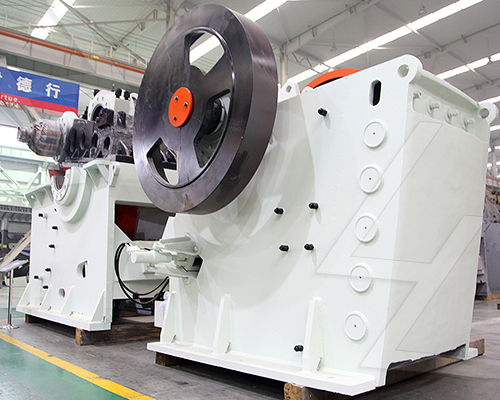A cluster rolling mill is a specialized type of rolling mill used primarily in metalworking to produce very thin strips or sheets of metal with high precision and minimal thickness variation. It is particularly useful for processing hard-to-roll materials like stainless steel, titanium, and other high-strength alloys.
Key Features of Cluster Rolling Mills:
1. Multiple Backup Rolls:
– Unlike conventional rolling mills (e.g., 2-high or 4-high mills), cluster mills have a large number of small-diameter work rolls supported by multiple backup rolls arranged in a “cluster” formation.
– Common configurations include 12-high, 20-high, or even higher roll arrangements.
2. Small Work Rolls:
– The small diameter of the work rolls reduces deformation resistance and allows for extreme reductions in thickness (down to micrometers).
3. High Precision & Surface Finish:
– Minimizes roll deflection, ensuring uniform thickness across the strip width.
– Produces superior surface finishes compared to traditional mills.
4. Ability to Roll Hard Materials:
– Effective for brittle or high-strength metals that are difficult to process with standard mills..jpg)
Types of Cluster Rolling Mills:
- Sendzimir Mill (Z-Mill): A popular type of cluster mill where the work rolls are surrounded by multiple backup rolls in an offset configuration.
- Planetary Mill: Uses multiple small rolls rotating around larger backup rolls for ultra-thin foil production.
- Production of ultra-thin foils (e.g., aluminum, copper).
- Rolling stainless steel, titanium, nickel alloys.
- Electronics industry (precision strips for connectors).
- Aerospace and medical device manufacturing.
Applications:
Advantages:
✔ Extremely tight tolerances (<1µm possible).
✔ Reduced rolling force due to small work rolls.
✔ Suitable for high-strength materials.
Disadvantages:
✖ Complex design and maintenance.
✖ High capital cost compared to simpler mills. 
Would you like details on specific configurations or operational principles?





Leave a Reply